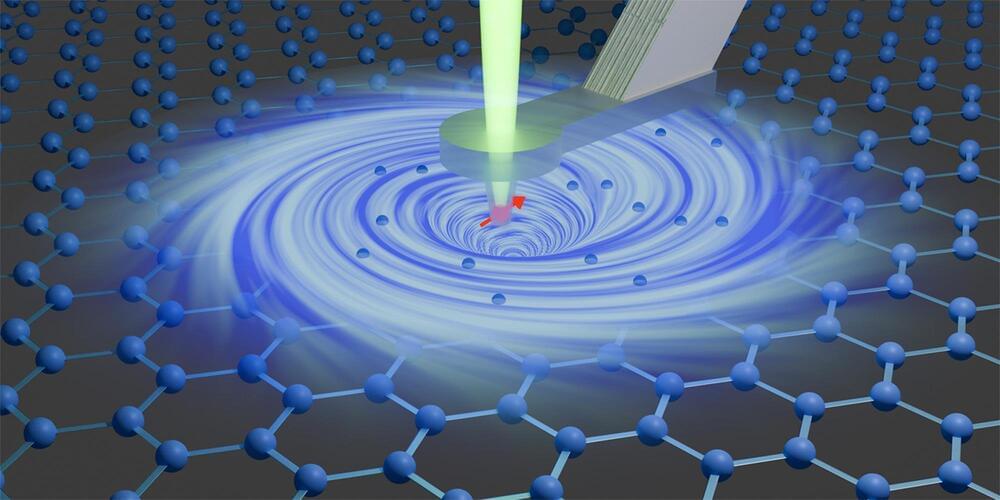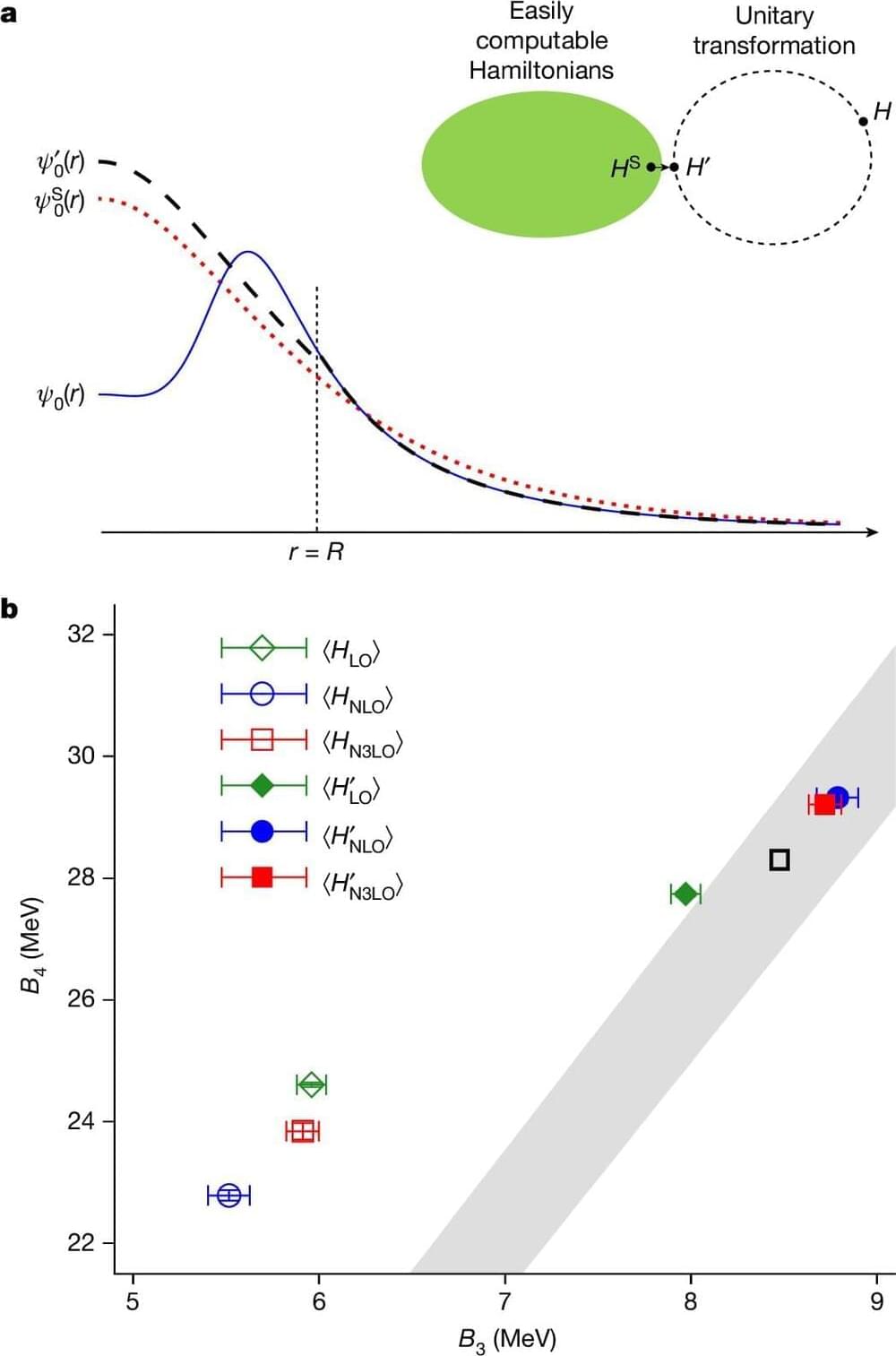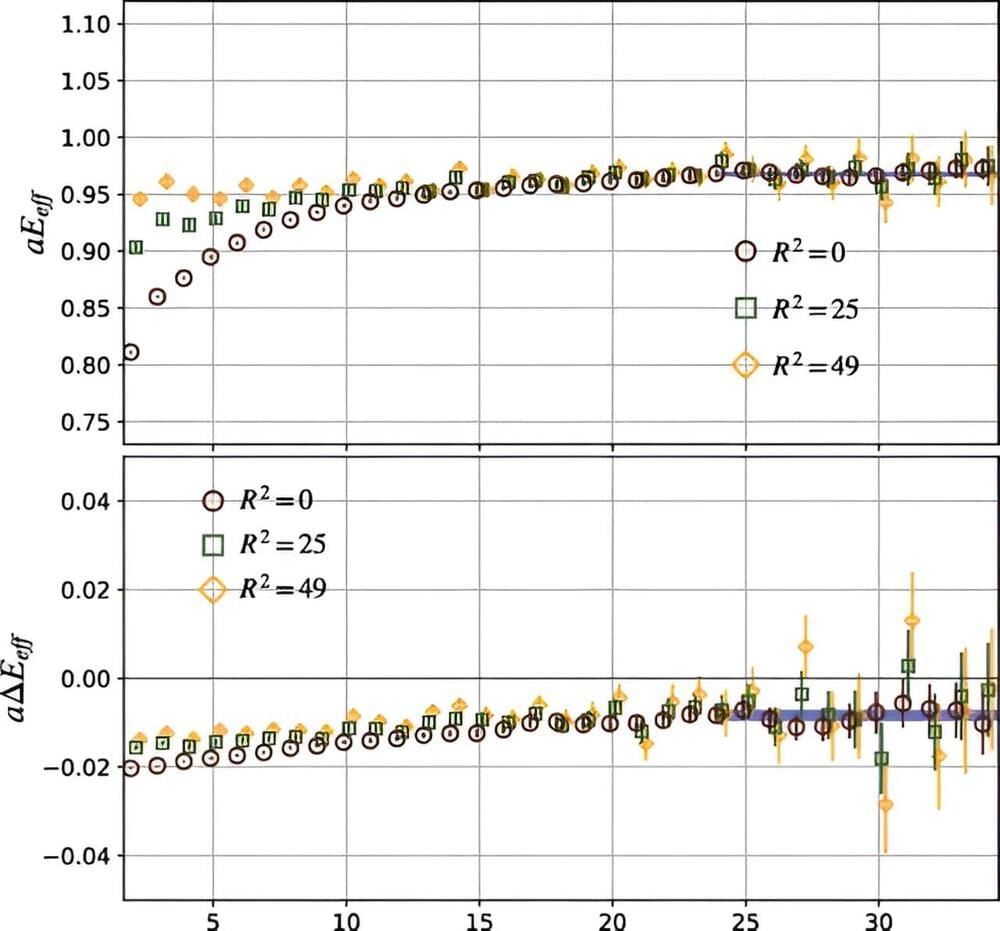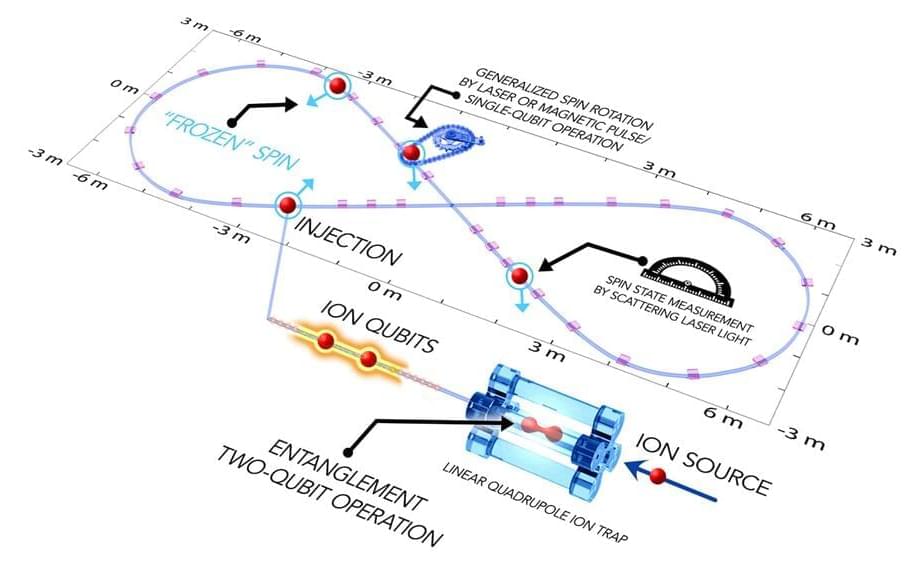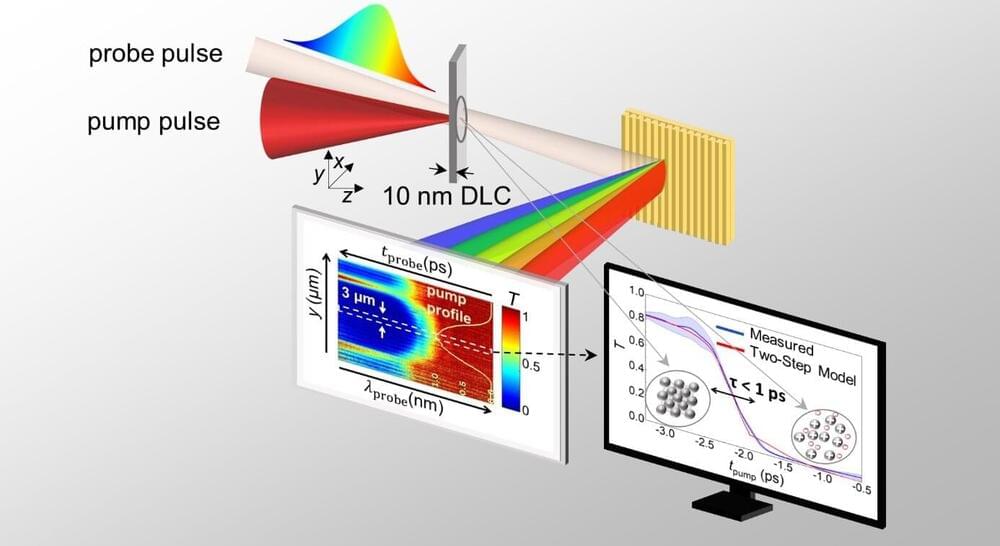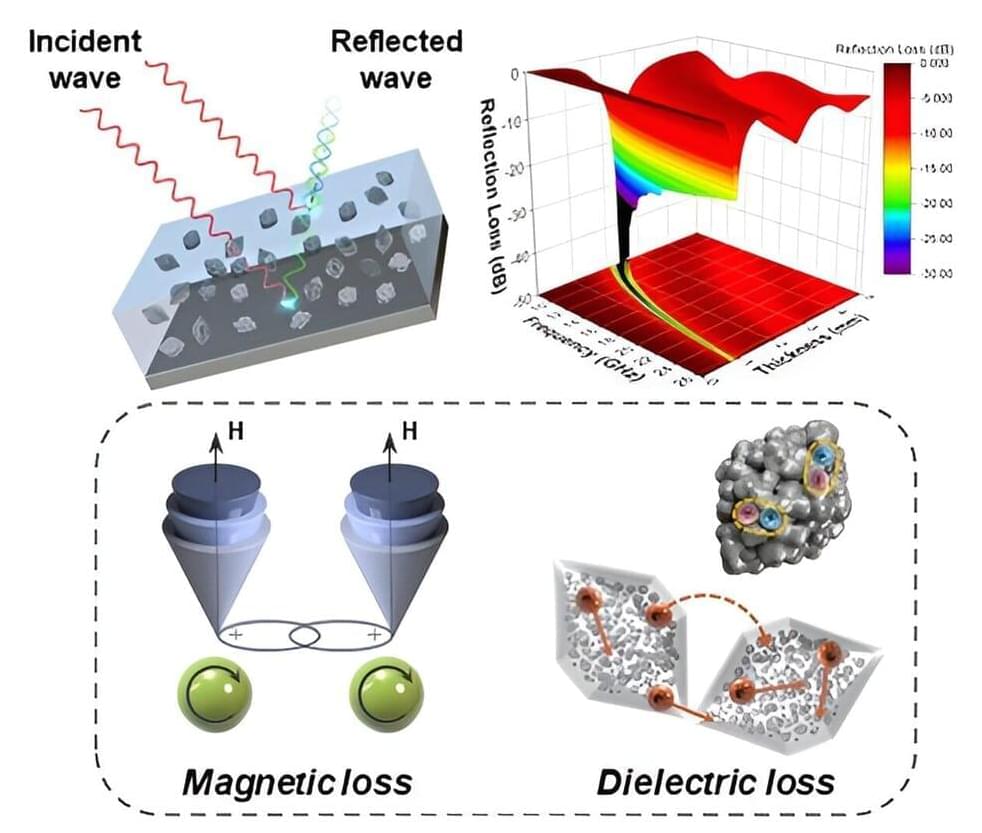May 16, 2024
Graphene’s Hidden Electron Vortices Revealed Through Quantum Sensing
Posted by Saúl Morales Rodriguéz in categories: materials, quantum physics
Researchers at ETH Zurich have, for the first time, made visible how electrons form vortices in a material at room temperature. Their experiment used a quantum sensing microscope with an extremely high resolution. In graphene, electrons behave like a liquid, which can lead to the formation of v.
